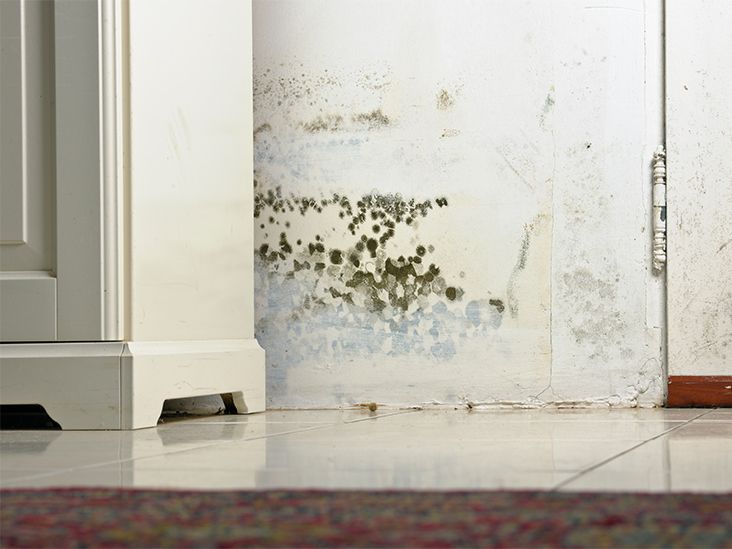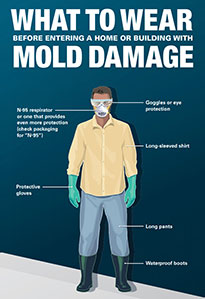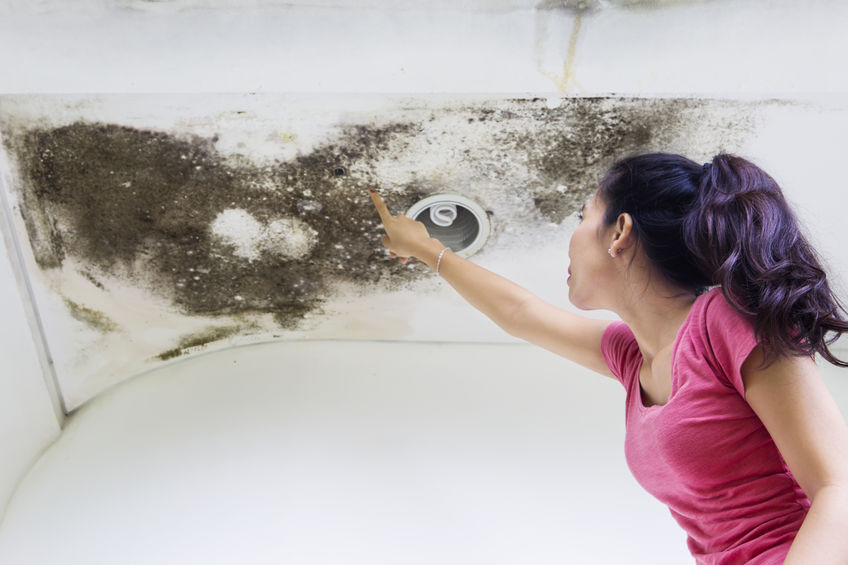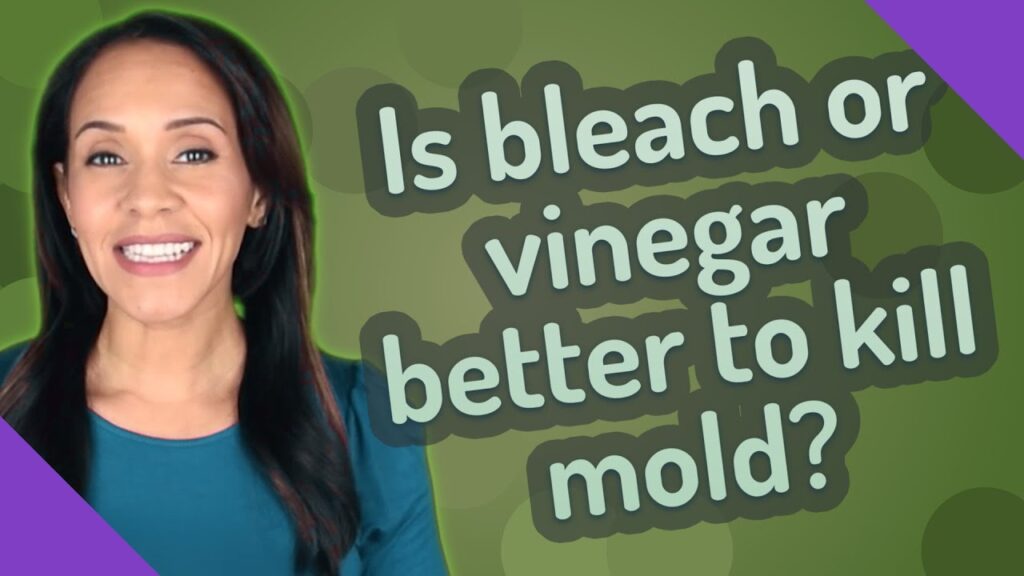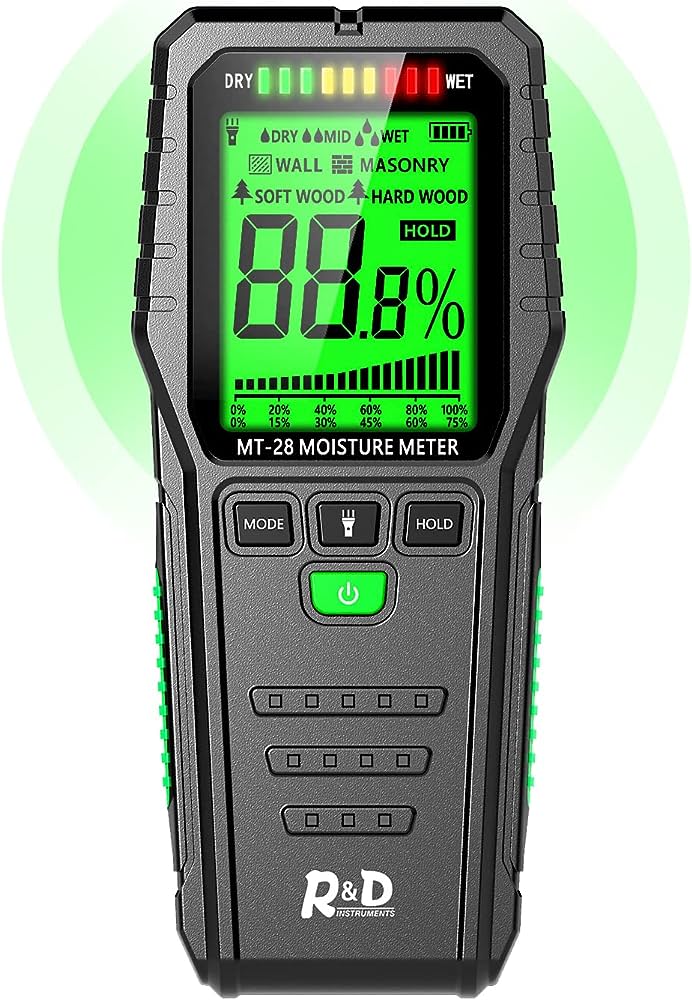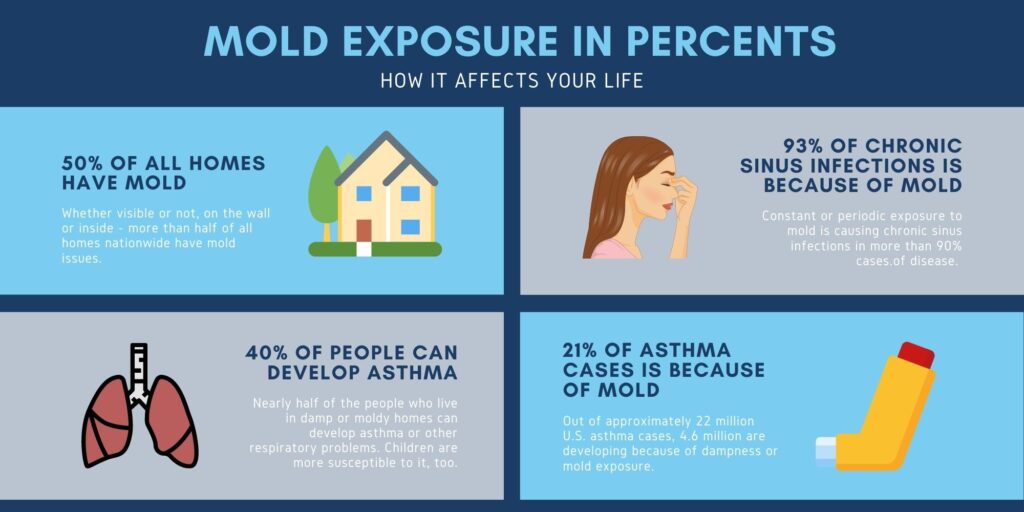Have you ever wondered if the unseen mold lurking behind your walls could be negatively impacting your health? Mold is a common problem that many homeowners face, and although it may be out of sight, it should not be out of mind. This article explores the potential health risks associated with mold behind walls, shedding light on the importance of addressing this issue promptly to maintain a safe and healthy living environment.
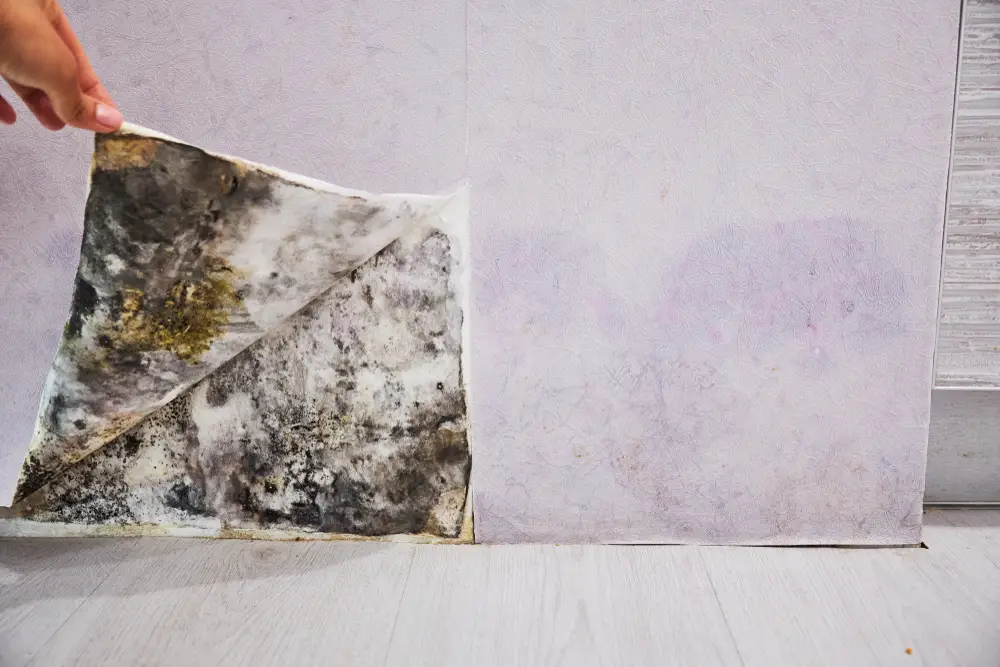

Understanding Mold
What is mold?
Mold is a type of fungus that thrives in moist environments. It reproduces by releasing spores, which can easily spread through the air and settle on surfaces. Mold can be found both indoors and outdoors, but it becomes a problem when it starts growing in buildings, including behind walls.
Where does mold grow?
Mold can grow in any area with excessive moisture. Behind walls, mold is often found in areas where there is water intrusion from leaks, condensation, or high humidity levels. Common places for mold growth behind walls include bathrooms, kitchens, and basements, where moisture levels are often high.
How does mold spread?
Mold spores are incredibly small and lightweight, making them easily airborne. They can be carried by air currents, pets, clothing, or even shoes. When these spores land on a surface with sufficient moisture, they can begin to grow and multiply. This is why it’s essential to address mold issues promptly to prevent further spread and potential health risks.
Types of mold
There are various types of mold, but some of the most common ones found behind walls include:
-
Stachybotrys chartarum (black mold): This type of mold is known for its dark greenish-black appearance and musty odor. It thrives in damp environments and can produce toxins that may cause health issues.
-
Aspergillus: This type of mold comes in many colors, including green, yellow, and white. It can cause respiratory issues and allergic reactions in susceptible individuals.
-
Cladosporium: Cladosporium mold often appears dark green or black and can grow in both warm and cold environments. It is commonly found in bathrooms and basements, where moisture levels may be higher.
Health effects of mold exposure
Exposure to mold, especially behind walls, can lead to various health issues, including:
-
Respiratory issues: Mold spores can trigger asthma attacks and allergies in susceptible individuals. Prolonged exposure may lead to persistent coughing, wheezing, and difficulty breathing.
-
Allergic reactions: Some people may develop allergic reactions to mold, experiencing symptoms such as sneezing, itching, red or watery eyes, and skin rashes.
-
Infections: Individuals with weakened immune systems, such as those undergoing chemotherapy or living with HIV/AIDS, may be more susceptible to fungal infections caused by mold exposure, which can affect the lungs or other organs.
-
Toxic mold syndrome: Certain types of mold produce mycotoxins that can cause a range of symptoms, including headaches, dizziness, fatigue, and even neurological problems. This condition, known as toxic mold syndrome, is rare but can occur in individuals with significant mold exposure.
Signs of Mold Behind Walls
Visible signs
Identifying mold growing behind walls can be challenging since it is not always visible. However, some signs indicate the presence of mold, such as:
- Discoloration or staining on walls, ceilings, or baseboards.
- Warped or bulging walls.
- Peeling or bubbling paint or wallpaper.
- Cracked or crumbling drywall.
Musty odor
A musty or earthy smell is often an indication that mold is growing nearby. If you notice a persistent musty odor in a particular area or room, it is essential to investigate further, as it could be a sign of mold growth behind the walls.
Water damage or leaks
Water stains, visible water damage, or signs of past leaks can indicate a favorable environment for mold growth. If you have experienced recent or recurring water leaks, it is crucial to inspect behind the walls for any potential mold infestation.
Allergic reactions
If you or your family members experience unexplained allergic reactions, such as a runny nose, sneezing, coughing, or itchy eyes, it might be due to mold growth behind the walls. Pay attention to whether these symptoms worsen or improve when you enter or leave a certain area within your home.
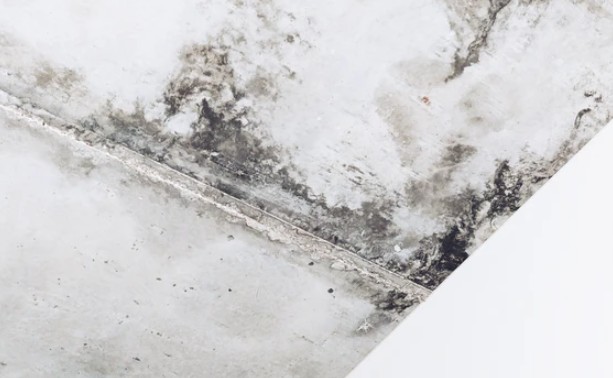

Health Risks of Mold Behind Walls
Respiratory issues
Mold spores, when inhaled, can irritate the respiratory system, especially in individuals with asthma or allergies. Common respiratory issues associated with mold exposure behind walls include coughing, wheezing, shortness of breath, and exacerbation of existing respiratory conditions.
Allergic reactions
Mold allergies can occur when individuals have heightened sensitivity to mold spores. Symptoms may include sneezing, nasal congestion, itchy or watery eyes, nasal itching, and skin rashes.
Infections
Individuals with weakened immune systems, such as those living with HIV/AIDS or undergoing chemotherapy, may develop fungal infections as a result of mold exposure. These infections can affect various organs, including the lungs, and may require medical intervention.
Toxic mold syndrome
Exposure to certain types of mold, such as Stachybotrys chartarum (black mold), can lead to toxic mold syndrome. Symptoms can range from mild to severe and may include fatigue, headaches, difficulty concentrating, memory problems, muscle aches, and neurological issues. It is important to note that toxic mold syndrome is rare and typically occurs with significant exposure.
Testing for Mold Behind Walls
Professional mold inspection
If you suspect mold growth behind your walls, it is advisable to hire a professional mold inspector. These professionals have the necessary training and equipment to identify and assess mold infestations. They may conduct visual inspections, take samples for laboratory analysis, and provide recommendations for remediation if necessary.
DIY mold testing kits
Alternatively, you can purchase DIY mold testing kits available in the market. These kits typically include swabs or cassettes to collect samples for analysis. However, it is important to note that DIY kits may not provide as accurate or comprehensive results as a professional inspection. Consider them as a preliminary measure and consult a professional if mold is detected.
Considerations for testing
It is crucial to test not only the visible areas but also areas with a high probability of mold growth, such as areas affected by water leaks or where a musty odor is present. If you choose to perform testing yourself, carefully follow the instructions provided with the testing kit. Keep in mind that mold spores can become airborne during testing, so take appropriate precautions to prevent cross-contamination.
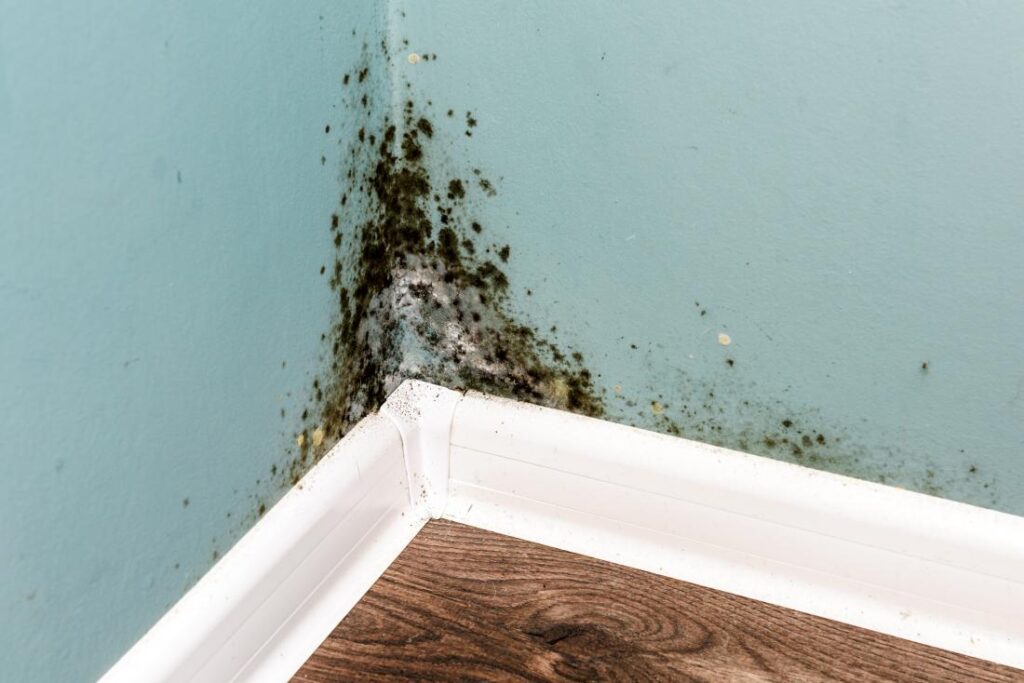

Preventing Mold Behind Walls
Controlling indoor humidity
Maintaining proper indoor humidity levels is critical in preventing mold growth. Keep humidity levels below 50% by using dehumidifiers, ensuring adequate ventilation, and using air conditioning or fans to circulate air. Avoid drying clothes indoors or using humidifiers excessively, as these can increase moisture levels.
Proper ventilation
Proper ventilation helps prevent condensation and moisture buildup, reducing the risk of mold growth behind walls. Ensure that bathrooms, kitchens, and other high humidity areas have exhaust fans properly installed and vents are clear of obstructions. Open windows periodically to allow fresh air circulation.
Addressing water leaks and moisture issues
Promptly address any water leaks, whether from plumbing, roofs, or windows. Repair the source of the water intrusion and thoroughly dry affected areas within 24-48 hours to discourage mold growth. Regularly inspect areas prone to moisture buildup, such as basements and crawlspaces, and address any issues immediately.
Regular maintenance and cleaning
Regularly inspect and maintain areas prone to mold growth, such as bathrooms, kitchens, and laundry rooms. Clean and dry these areas frequently, paying attention to areas susceptible to moisture. Use mold-resistant products for building materials whenever possible, such as mold-resistant drywall or paint.
Professional mold remediation
If you discover mold behind walls or have a significant mold infestation, it is best to hire a professional mold remediation company. These experts have the knowledge, skills, and equipment to safely remove mold, prevent further spread, and restore affected areas. Professional remediation ensures thorough cleanup and reduces the risk of harm to your health or property.
Removing Mold Behind Walls
Identifying the source of moisture
Before remediation can begin, it is crucial to identify and address the source of moisture that led to mold growth behind the walls. This may involve inspecting plumbing, fixing leaks, improving ventilation, or addressing other moisture-related issues.
Containing the area
To prevent the spread of mold spores during remediation, it is important to contain the affected area. This may involve sealing off doors, windows, vents, and other openings. The use of plastic sheeting and negative air pressure machines can help create a controlled environment.
Removal methods
The specific removal methods will depend on the extent of the mold growth and the materials affected. In some cases, it may be necessary to remove and replace the affected materials, such as drywall or insulation. Non-porous surfaces may be cleaned using appropriate antimicrobial agents. Professional mold remediation companies have the expertise to determine the most effective removal methods.
Personal protective equipment
During mold removal, it is crucial to prioritize safety. Personal protective equipment (PPE), such as gloves, goggles, respirators, and disposable coveralls, should be worn to minimize exposure to mold spores and other contaminants. Following proper safety protocols is essential to protect both the remediation team and the occupants of the building.
Post-remediation inspection
After mold remediation, it is advisable to conduct a post-remediation inspection to ensure that all mold has been successfully removed. This inspection may be performed by a professional mold inspector to provide a comprehensive evaluation and peace of mind.
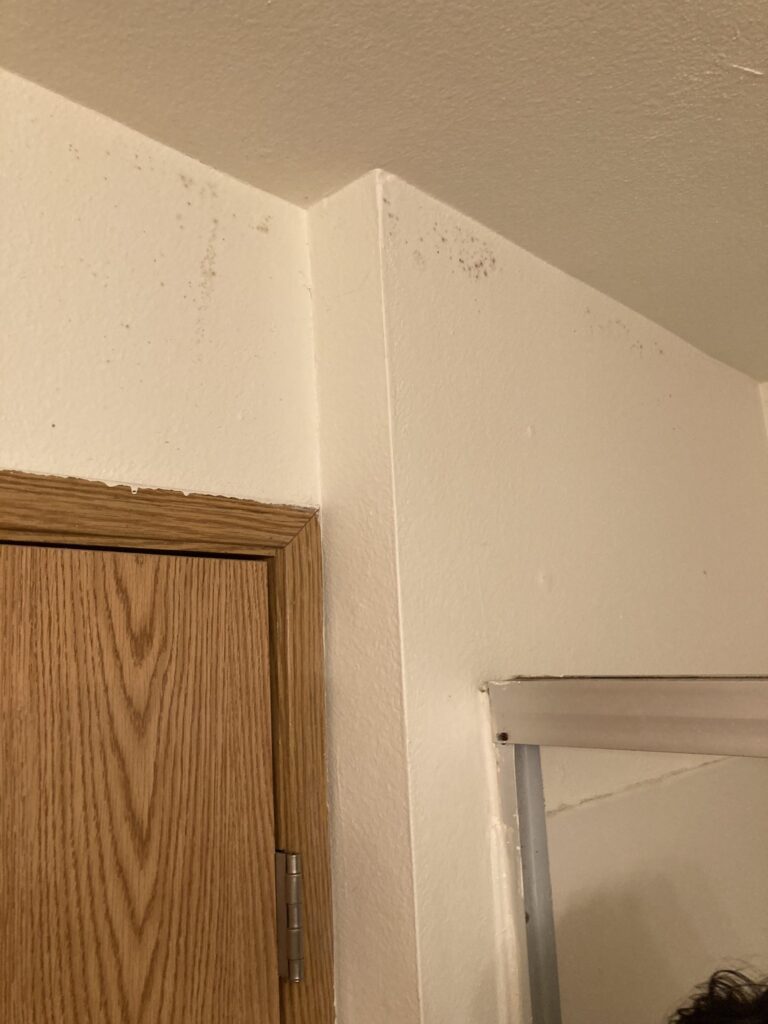

Dealing with Mold-Related Health Issues
Seeking medical assistance
If you suspect that mold exposure has affected your health, it is important to seek medical assistance. Consult with your healthcare provider, who can evaluate your symptoms, conduct relevant tests, and recommend appropriate treatment. They may refer you to a specialist, such as an allergist or pulmonologist, for further evaluation if necessary.
Reducing exposure
To minimize exposure to mold, it is important to address the underlying cause of the mold growth. This may involve fixing water leaks, improving ventilation, and maintaining proper humidity levels. Avoid contact with moldy materials and clean affected areas promptly to prevent further exposure.
Improving indoor air quality
Enhancing the overall indoor air quality can help reduce the risk of mold-related health issues. Ensure adequate ventilation and air circulation throughout your home. Consider using air purifiers with HEPA filters to remove mold spores and other allergens from the air. Regularly clean or replace HVAC filters and maintain your heating and cooling systems appropriately.
Addressing underlying health conditions
If you have pre-existing respiratory conditions or allergies, it is essential to manage and treat these conditions effectively. Work closely with your healthcare provider to optimize your treatment plan, which may involve medications, allergen avoidance strategies, and lifestyle modifications to minimize symptoms triggered by mold exposure.
Insurance Coverage for Mold Damage
Homeowners insurance
Whether or not your homeowners insurance covers mold damage typically depends on the source and extent of the mold growth. Most standard homeowners insurance policies do not cover mold damage resulting from gradual issues, such as maintenance problems or long-term water leaks. However, if the mold growth is a direct result of a covered peril, such as sudden water damage from a burst pipe, your insurance may provide coverage. Review your policy carefully or consult with your insurance provider for specific details.
Specialized mold insurance
In some cases, individuals may opt for specialized mold insurance coverage, which specifically protects against mold damage. This type of insurance may cover the cost of mold remediation, repairs, and associated expenses. If you live in an area prone to frequent mold issues or have experienced previous mold problems, specialized mold insurance may be worth considering.
Claims process
If you discover mold damage behind walls, it is important to act promptly and follow the necessary steps for filing an insurance claim. Document the mold damage with photographs, gather any relevant receipts or invoices, and contact your insurance provider to initiate the claims process. Ensure that you understand the requirements and limitations of your policy, as well as any deductibles or exclusions that may apply.
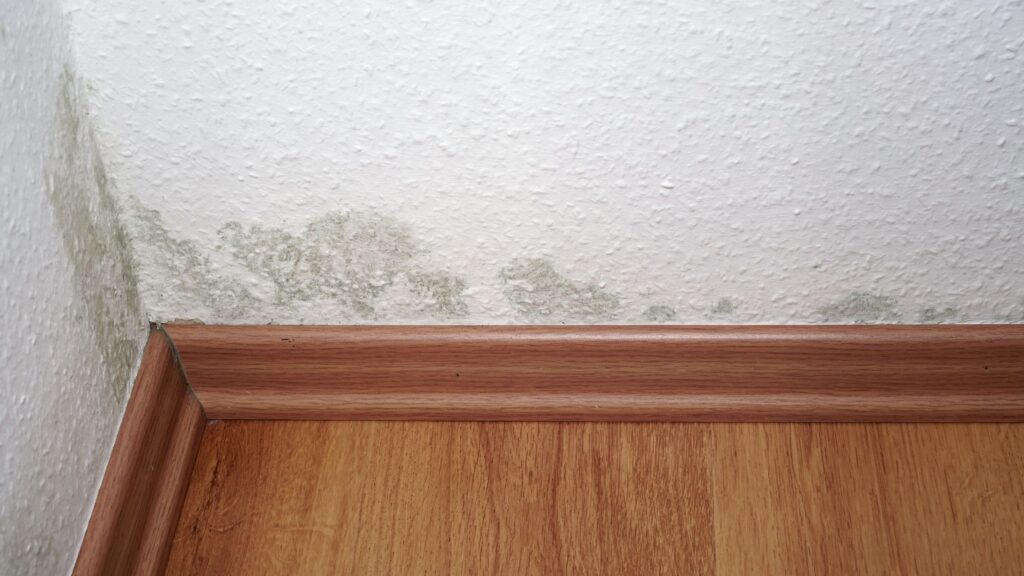

Legal and Liability Considerations
Landlord responsibilities
Landlords have a legal obligation to maintain their rental properties and ensure they are safe and habitable. If mold growth behind walls is detected in a rental property, it is the landlord’s responsibility to address the issue promptly. Failure to do so could result in legal consequences and potential liabilities.
Tenant rights
Tenants have the right to live in a safe and healthy environment. If mold growth behind walls poses a health risk or affects the habitability of the rental property, tenants should inform their landlord immediately and request appropriate remediation. In some cases, tenants may be entitled to reimbursement for temporary relocation or other damages resulting from the mold infestation. Familiarize yourself with your tenant rights and consult local regulations if needed.
Potential lawsuits
In cases where mold-related health issues occur due to negligence or failure to address mold problems, legal action may be pursued. Individuals who have suffered significant health consequences or property damage may seek compensation through personal injury lawsuits or property damage claims. Consult with an attorney specializing in mold-related cases to discuss the specific circumstances and options available.
Conclusion
Understanding mold, its growth, and the associated health risks is crucial in maintaining a safe and healthy environment. Identifying the signs of mold behind walls, testing for its presence, and taking preventive measures can help mitigate the risks. If mold growth is detected, timely and appropriate remediation is essential to restore the affected area and safeguard your health. It is important to be aware of insurance coverage and legal considerations to protect your rights and seek appropriate assistance if needed. By staying informed and proactive, you can effectively address mold issues and maintain a mold-free living environment.


